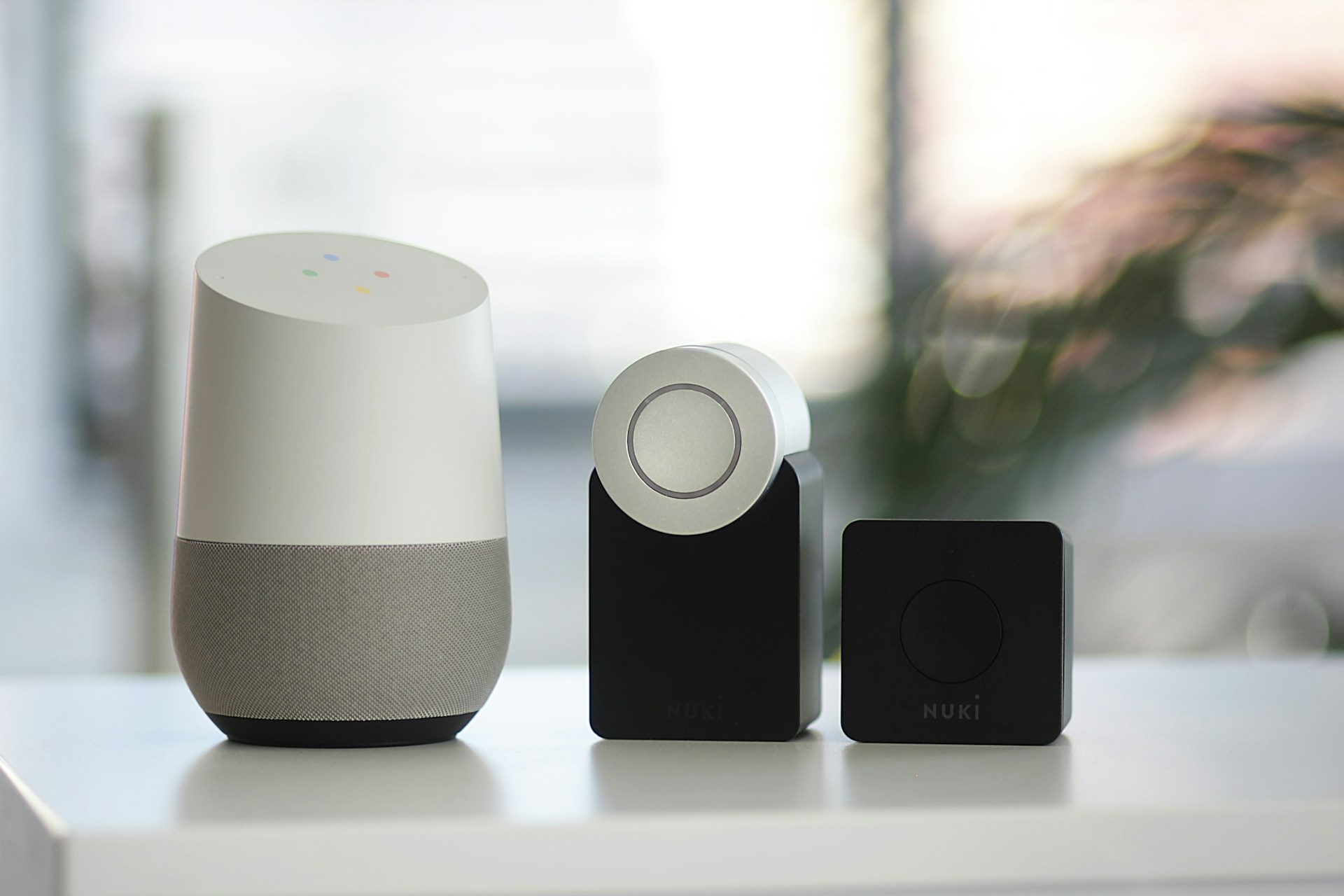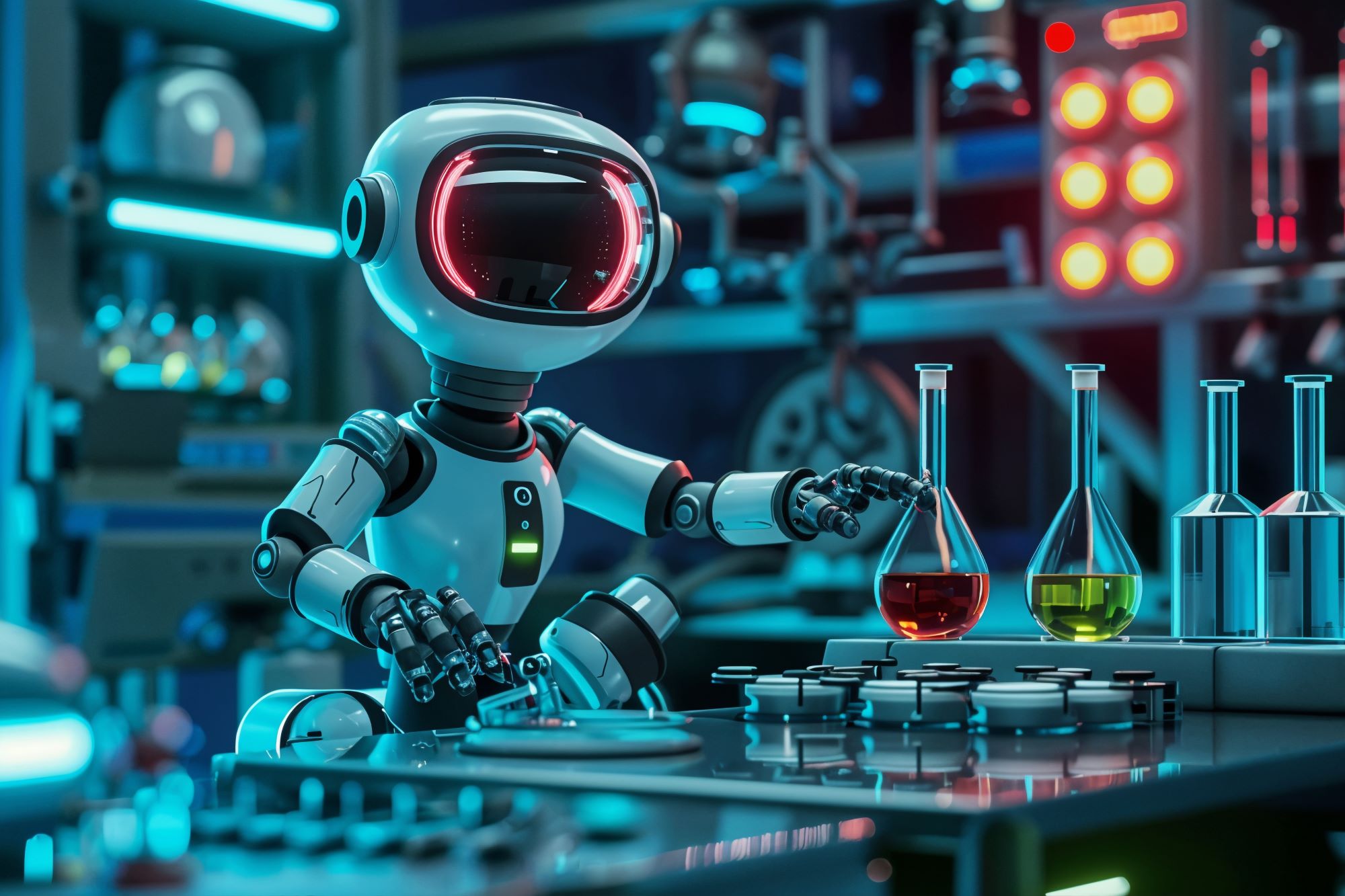
The Evolution of Personal Assistants: From Siri to Advanced AI
The journey of personal assistants, from the early, rudimentary voice recognition systems to today’s sophisticated artificial intelligence (AI) companions, marks a significant milestone in the evolution of technology. What started as a novelty with Siri has transformed into a multi-billion-dollar industry shaping how we interact with our devices, homes, and even our workspaces. This article delves into the evolution of personal assistants, examining their origins, development, and the profound impact they’ve had on society.
The Early Days of Personal Assistants
The Concept of a Digital Assistant
The idea of a digital assistant predates Siri by several decades, rooted in science fiction and early AI research. Visionaries like Alan Turing and others imagined machines that could communicate with humans and perform tasks on their behalf. However, the technology required to realize these ideas was not yet available.
Early Innovations in Voice Recognition
Voice recognition technology, a critical component of modern personal assistants, saw its beginnings in the 1950s with systems like Audrey, developed by Bell Labs, which could recognize spoken digits. By the 1980s and 1990s, voice recognition had improved, but it was still far from being a practical tool for everyday use.
The Launch of Siri: A Revolutionary Moment
Siri’s Origins and Development
Siri, introduced by Apple in 2011, was a game-changer in personal computing. Originally developed by SRI International as part of the CALO (Cognitive Assistant that Learns and Organizes) project, Siri was acquired by Apple in 2010 and integrated into the iPhone 4S.
Apple’s introduction of Siri marked the first time a voice-activated assistant was available to the masses, leveraging natural language processing (NLP) to understand and respond to user commands in a more conversational manner than any previous technology.
Key Features and Limitations of Siri
At its launch, Siri was capable of setting reminders, sending texts, making calls, and answering questions using data from the internet. However, Siri also had limitations, such as difficulty understanding accents and a lack of deep contextual understanding. Despite these limitations, Siri’s ability to interact using natural language was revolutionary.
Competitors Emerge: Google Assistant and Alexa
Google Assistant: The Power of Search
- Launch and Evolution: Google Assistant emerged from Google’s previous project, Google Now, which was introduced in 2012 and evolved into Google Assistant in 2016.
- Search Engine Integration: Leveraging Google’s powerful search capabilities, Google Assistant excels at answering questions by accessing a vast amount of data from the web.
- Advanced Features: Over time, Google Assistant has incorporated advanced voice recognition technology and broadened its integration with various apps and services, enhancing its overall functionality and user experience.
Amazon Alexa: The Smart Home Pioneer
- Introduction and Impact: Amazon launched Alexa in 2014, embedding it in the Echo smart speaker, which marked Amazon’s entry into the personal assistant market.
- Smart Home Integration: Alexa quickly became known for its role in smart home automation, enabling users to control various home devices such as lights and thermostats through voice commands.
- Open Platform for Developers: Alexa’s open platform allowed third-party developers to create additional “skills,” significantly expanding its functionality beyond the initial capabilities and integrating it into a wide range of applications.
AI Assistants in the Modern Era
The Rise of Machine Learning
Machine learning has played a pivotal role in advancing AI assistants. Unlike earlier models, which relied on scripted responses, modern AI assistants learn from interactions, improving their ability to understand and anticipate user needs over time. This shift has made assistants more responsive and personalized.
Natural Language Processing (NLP)
NLP is a crucial technology that enables AI assistants to comprehend and generate human language. Advances in NLP have allowed assistants like Siri, Google Assistant, and Alexa to handle more complex queries and engage in multi-turn conversations, making them feel more natural and human-like.
Integration with IoT and Smart Devices
The proliferation of Internet of Things (IoT) devices has expanded the utility of AI assistants. These assistants now serve as the control hubs for various smart devices, from refrigerators to security systems, creating interconnected ecosystems that simplify daily life.
Personal Assistants Across Different Platforms
Mobile Devices
AI assistants became widely recognized with their introduction on mobile devices, notably starting with Siri on the iPhone. Today, these assistants are standard features on smartphones, offering users hands-free control over various functions. This includes:
- Navigation: Users can ask for directions, get real-time traffic updates, and find nearby points of interest.
- Messaging: AI assistants can send texts, make calls, and manage communications through voice commands.
Home Automation Systems
The advent of devices like Amazon Echo and Google Home has made AI assistants central to home automation. They provide users with the ability to control various aspects of their home environment using simple voice commands. Key features include:
- Lighting Control: Adjusting the brightness or color of lights throughout the home.
- Temperature Management: Setting and adjusting thermostats for optimal comfort.
- Security: Managing smart locks, cameras, and alarms to enhance home security.
Wearables and Beyond
AI assistants are now extending into wearables such as smartwatches and fitness trackers, helping users manage their health and daily routines. The integration of AI into these devices is setting the stage for a future where:
- Health Monitoring: AI assistants track physical activity, monitor health metrics, and provide insights into wellness.
- Daily Management: They assist in organizing schedules, setting reminders, and managing tasks, making them an integral part of daily life.
Privacy and Security Concerns
Data Collection and User Privacy
A major concern with AI assistants is the extensive amount of data they collect. These assistants often require access to personal information, including:
- Contacts: Access to user contact lists for making calls or sending messages.
- Messages: Reading and managing text messages and communications.
- Location Data: Tracking user movements for location-based services.
Despite measures to protect user data, the potential for misuse and unauthorized access remains a significant issue.
Security Risks with AI Assistants
AI assistants integrated with smart home devices pose security risks, as they can be vulnerable to hacking attempts. Potential risks include:
- Exploitation by Hackers: Unauthorized access to home networks and personal data due to vulnerabilities in AI assistants.
- Control Over Systems: Instances where hackers gain control over smart home devices, compromising home security and privacy.
Addressing these concerns involves improving security protocols and ensuring robust data protection measures to safeguard users.
The Role of AI Assistants in Business
AI Assistants as Productivity Tools
In the business world, AI assistants are increasingly used to enhance productivity. They can schedule meetings, manage emails, and even analyze data, freeing up time for employees to focus on more complex tasks. AI-powered virtual assistants like Microsoft’s Cortana and Slack’s AI tools are becoming indispensable in modern workplaces.
Customer Service and AI
AI assistants are revolutionizing customer service, with many companies deploying chatbots and virtual assistants to handle customer inquiries. These AI systems can provide instant responses, handle multiple inquiries simultaneously, and offer personalized assistance, significantly improving the efficiency and quality of customer service.
Cultural Impact of AI Assistants
Changing Human Interaction with Technology
The rise of AI assistants has fundamentally changed how we interact with technology. The shift from manual inputs (such as typing and clicking) to voice commands represents a significant evolution in human-computer interaction. This change has made technology more accessible, particularly for those with disabilities or limited tech literacy.
Impact on Language and Communication
AI assistants are also influencing language and communication patterns. For example, the way people phrase questions or give commands is often adapted to what the assistant can understand. This phenomenon has sparked discussions about the potential long-term effects on language and communication, particularly among younger users who grow up interacting with these systems.
Future Trends in AI Assistants
Contextual Understanding and Personalization
The future of AI assistants will heavily focus on their ability to understand context and provide highly personalized responses. This evolution is not limited to recognizing what a user says, but also involves grasping the intent behind their words and the broader context in which they are spoken. Future advancements will likely enable assistants to:
- Anticipate User Needs: By analyzing previous interactions and recognizing patterns of behavior, AI assistants will be able to predict and fulfill user needs before they are explicitly stated.
- Enhance Interaction Quality: Improved contextual understanding will allow for more meaningful and relevant responses, making interactions smoother and more efficient.
- Adapt to Individual Preferences: Personalization will extend to adapting responses based on individual user preferences and past interactions, creating a more tailored experience.
Multi-Modal Interactions
As technology progresses, AI assistants are expected to evolve beyond traditional voice and text interactions to incorporate various forms of multi-modal interactions. This includes:
- Gestures: AI assistants will be able to recognize and respond to physical gestures, allowing users to interact with their devices in a more intuitive and natural manner.
- Facial Recognition: Future AI systems may use facial recognition to identify users and customize responses based on their identity, mood, or expressions.
- Emotional Analysis: By analyzing emotional cues, such as tone of voice or facial expressions, AI assistants will be able to gauge user emotions and adjust their responses accordingly, enhancing the overall interaction experience.
AI Ethics and Responsible AI Development
As AI assistants become more advanced, addressing the ethical implications of their development and deployment will be crucial. Key areas of concern include:
- Bias in AI Algorithms: Ensuring that AI systems are free from biases that could affect decision-making and interactions is essential for fairness and equity.
- Job Displacement: The rise of AI assistants may lead to job displacement in certain sectors. It is important to consider how to manage this transition and support affected workers through reskilling and education.
- Ethical Decision-Making: Developing and deploying AI responsibly involves creating frameworks for ethical decision-making to ensure that AI technologies are used in ways that benefit society as a whole.
The Impact of AI Assistants on Society
Job Market Disruptions
The widespread adoption of AI assistants is poised to disrupt various job markets, particularly in fields such as:
- Customer Service: Automation of routine customer service tasks may reduce the need for human operators, but it also opens opportunities for roles focused on managing and optimizing AI systems.
- Data Entry: Routine data entry tasks are increasingly being automated by AI, leading to shifts in job responsibilities and the creation of new roles in data management and AI oversight.
- Administrative Roles: AI assistants can handle administrative tasks such as scheduling and correspondence, creating a demand for roles that focus on more strategic and complex activities.
AI and Accessibility
AI assistants have the potential to significantly enhance accessibility for people with disabilities:
- Voice-Controlled Assistants: These can aid individuals with mobility impairments by enabling hands-free control of their environment, including smart home devices and applications.
- Text-to-Speech Systems: AI-driven text-to-speech technology can assist those with visual impairments by converting written text into spoken words, facilitating access to information and communication.
- Enhanced Accessibility Features: As AI technology continues to advance, it will likely offer even more solutions for making the world more accessible, further improving the quality of life for individuals with disabilities.
A Glimpse into the Future: What’s Next?
The Dream of the Perfect AI Companion
The ultimate goal for many developers of AI assistants is to create a truly intelligent, empathetic, and helpful companion that can assist with every aspect of daily life. This vision includes AI that can not only perform tasks but also understand emotions, provide companionship, and engage in meaningful, context-rich conversations.
Speculative Technologies and AI
Looking further ahead, speculative technologies such as brain-computer interfaces, holographic assistants, and even AI embedded within the human body could redefine the concept of a personal assistant. While these ideas may seem far-fetched, the rapid pace of AI development suggests that they could become reality sooner than we think.
Comparison of Leading AI Assistants
| Feature/Capability | Siri | Google Assistant | Amazon Alexa |
| Voice Recognition | Good | Excellent | Good |
| Search Capabilities | Average | Excellent | Good |
| Smart Home Integration | Moderate | Good | Excellent |
| App Ecosystem | Limited | Extensive | Extensive |
| Multi-Device Support | Good | Excellent | Excellent |
| Natural Language Processing | Good | Excellent | Good |
Feature Set and Capabilities
Each leading AI assistant has its strengths and weaknesses. Siri excels in integration with Apple devices and ecosystem, Google Assistant leads in search and contextual understanding, while Alexa is unparalleled in smart home integration and third-party support.
Integration and Ecosystem
Google Assistant and Amazon Alexa have built extensive ecosystems that support a wide range of third-party apps and services. Siri, while deeply integrated with Apple’s ecosystem, lacks the same level of third-party support, which can limit its utility compared to its competitors.
Challenges and Opportunities
Technological Barriers
Despite their advancements, AI assistants still face significant technological barriers. For example, truly understanding the context of conversations and managing complex, multi-step tasks without error remain challenging. Achieving human-like conversational abilities and improving AI’s capacity to learn autonomously are key areas for future development.
Opportunities for Innovation
The rapid development of AI technology offers countless opportunities for innovation. Areas such as healthcare, education, and elder care stand to benefit greatly from more advanced AI assistants. Additionally, as AI becomes more embedded in daily life, new business models and services will emerge, creating further opportunities for growth.




